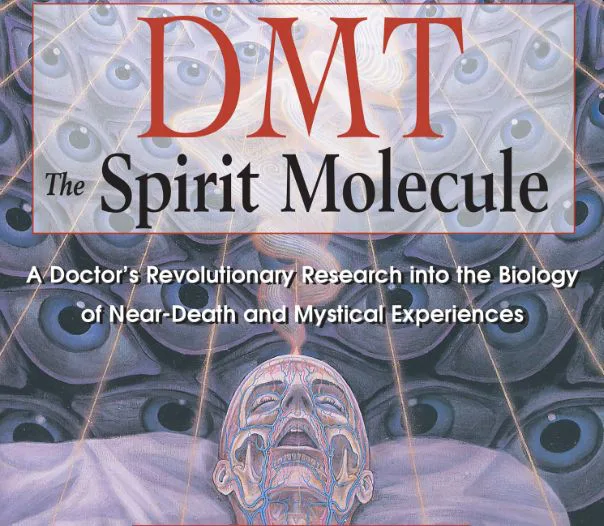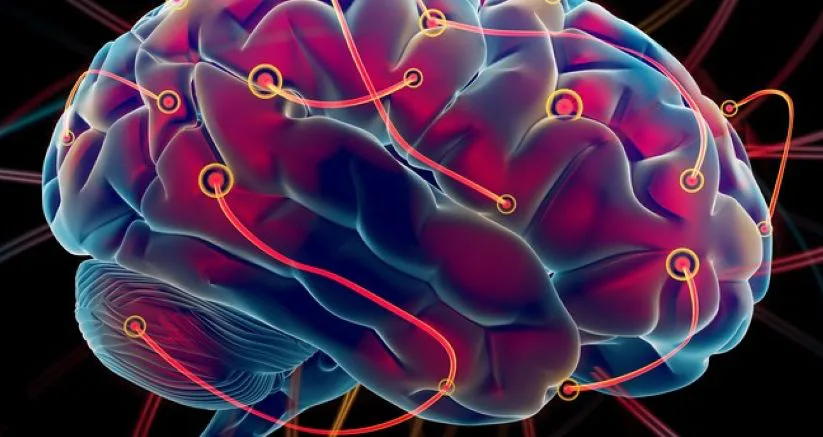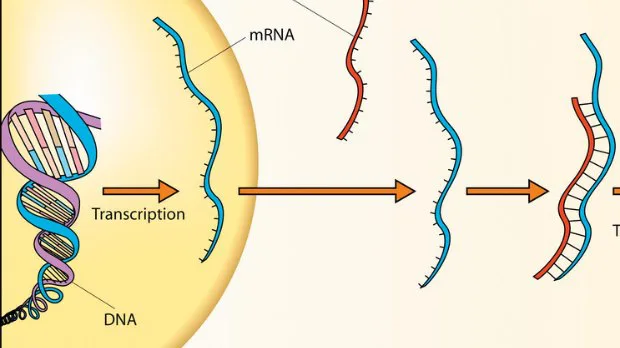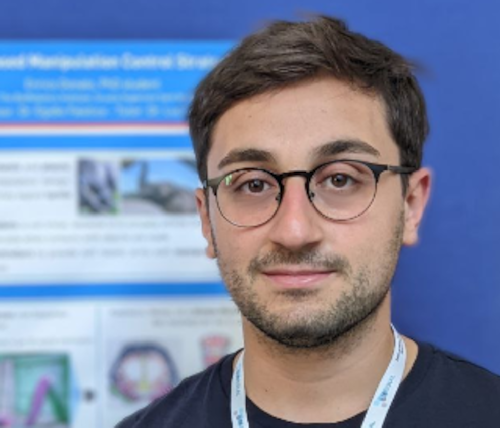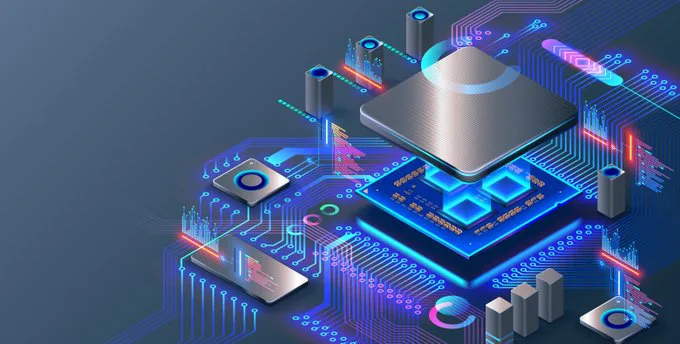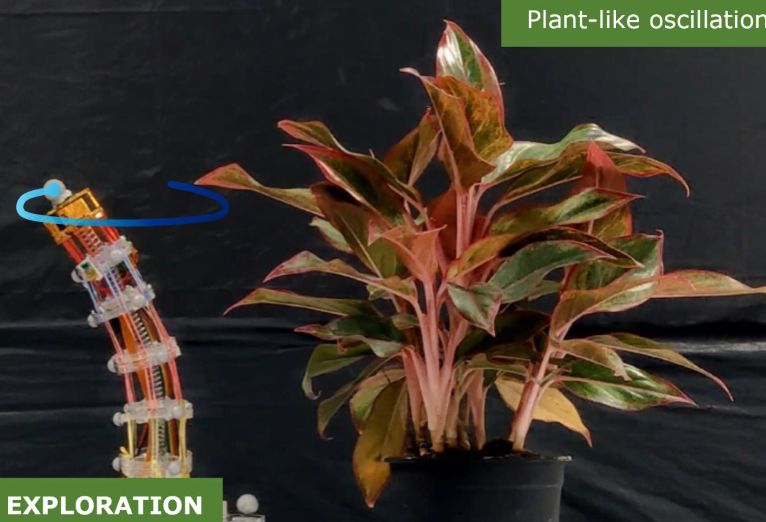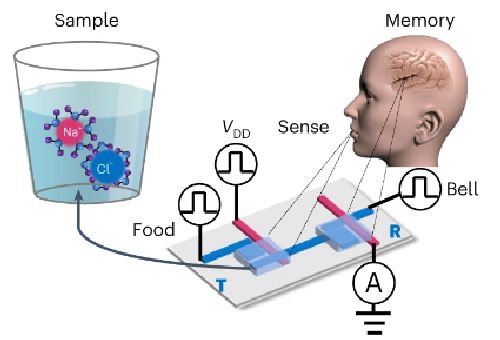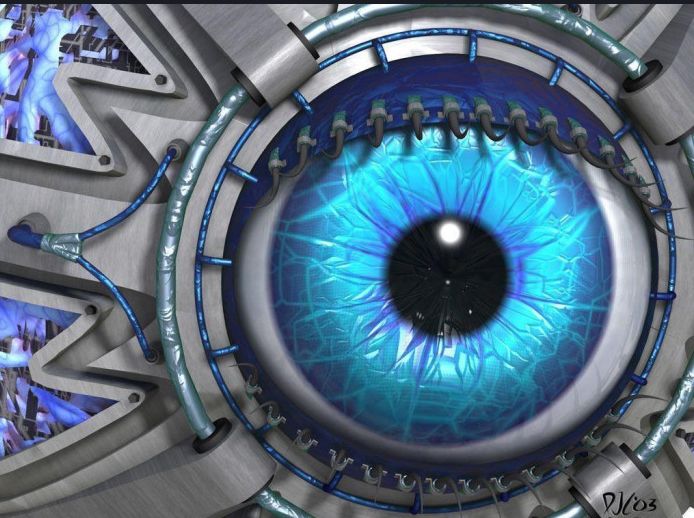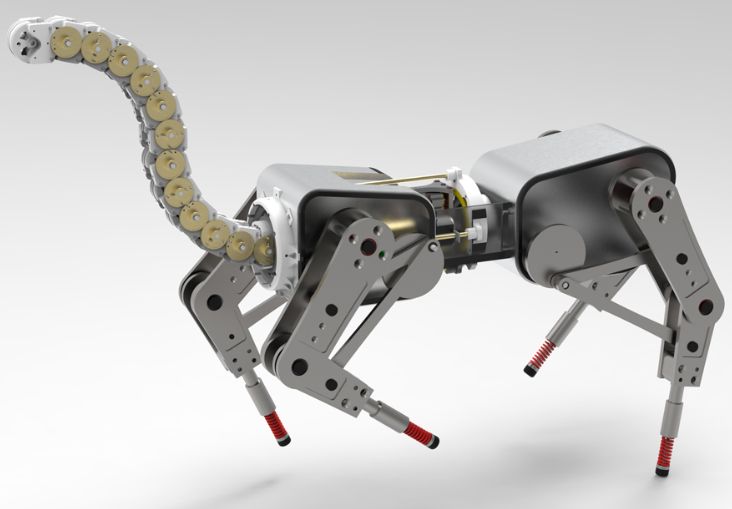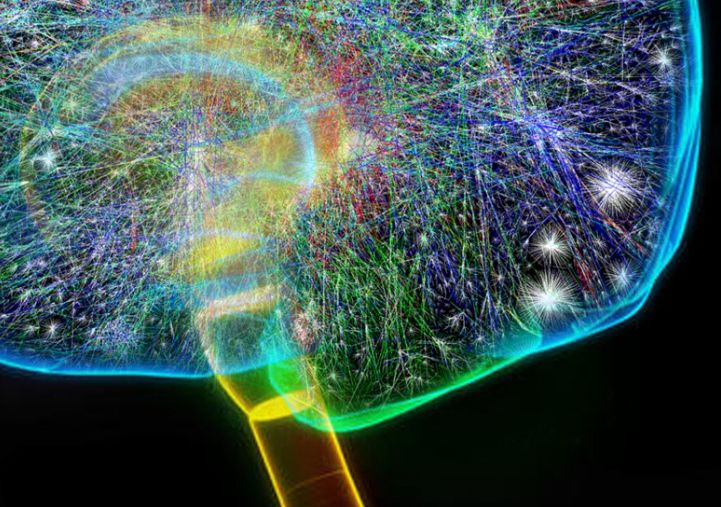DMT: The Spirit Molecule is an engaging book written by Dr. Rick Strassman. It was first published in 2001. Its focus is on psychedelics, particularly DMT (Dimethyltryptamine). Dr. Strassman suggests that because DMT is present in our bodies, the pineal gland located in our brains might be where it originates. Hindus see it as the seventh chakra location, and Descartes thought it’s where the soul resides. Although modern medicine remains uncertain about the gland’s function. Research behind the book took almost five years. During the tenure, Dr. Strassman “administered approximately…
Search Results for: brain
Lactate Enriches Neurogenesis: Neuronal Differentiation
Scientists at Tohoku University, Sendai, Japan made an exciting discovery regarding cellular mechanisms that assist in developing our brains. They discovered that lactate plays an important role in helping neural stem cells become specialized neurons. Lactate happens to be the by-product of exercise and metabolism. Researchers even gave this process a fancy name: neuronal differentiation.
Molecular Biology of Insulin: Decoding its Secrets via Fruit Fly Discoveries
As the scientific revelation unfolded, the discovery of insulin became the life-saving elixir to people who were suffering from diabetes, globally. Although, terms like high sugar, glucose, insulin, diabetes, glycaemic index etc are very well known to most of the masses. Yet, the first step of insulin synthesis, has been a tantalizing secret, which is yet to be unravelled even by the researchers. In a similar quest, scientists at the University of Michigan observed the tiny world of fruit flies. They studied how insulin is made in fruit flies by…
Computational Lithography: Illuminating the Future of Semiconductor Manufacturing
Tech behind computational lithography has revolutionised the way semiconductors are fabricated. By harnessing the power of computer algorithms and simulations, chip designs have become more efficient and powerful than ever before. Its ability to optimize lithographic processes have given a huge boost to the overall performance and energy efficiency of electronic devices. As we move forward, computational lithography is expected to merge with other technologies and re-shape the future where technology knows no bounds.
Interview: Dr. Enrico Donato, BioRobotics Scientist at Scuola Superiore Sant’Anna, Italy
Dr. Enrico Donato is a Doctoral Researcher at the Brain-Inspired Robotics (BRAIR) Laboratory of The BioRobotics Istitute, Scuola Superiore Sant’Anna. With an insatiable appetite for scientific exploration, he delves deep into the fascinating realm of soft robotics. His mind dances with algorithms, composing intricate control models that breathe life into these mechanical marvels.
Interview: Dr. Maxwell Miner, Pharmaceutical Scientist at University of Turku, Finland
Dr. Maxwell Miner is a PhD candidate in the drug research doctoral program (DRDP) at the University of Turku working in the Roivainen group. In the realm of scientific exploration, his focus lies in the intricate art of crafting preclinical radiopharmaceuticals, harmonizing their elements to illuminate the hidden nuances of inflammatory diseases and gliomas within the captivating world of animal models.
Game-Changing Diode Enhances Quantum Computers and AI Performance: Quantum Leap
Researchers at the University of Minnesota Twin Cities have created a ground-breaking superconducting diode, which is a crucial element in electronic devices. This innovation has the potential to not only enhance the development of quantum computers for industrial applications but it will also boost the performance of artificial intelligence systems.
Interview: Dr. Kai Wang Materials Scientist at The Penn State
Dr. Kai Wang is PhD, Principal Investigator, and Assistant Research Professor at the Department of Materials Science and Engineering, Penn State. His recent work on intelligent and efficient panchromatic imaging for artificial retina biotechnology, caught our attention and so we tried to touch base with him for an interview. We got lucky, as he agreed to spend some time with us. Dr. Wang, here, talks about his quest to understand the mechanisms of cognition within the neural topological structures of the brain. And how these natural intelligences can be influenced…
Plant-inspired Controller for Robotic Arms: Biomimicry
Biomimicry is the practice of imitating biological systems and processes. So far, it has been a valuable approach in robotics. By copying animals’ designs, engineers have tried to replicate billions of years of evolution. It has resulted in highly efficient and adaptable designs that nature has already passed on to. For instance, energy-efficient walking patterns inspired by animal gaits or bio inspired vision systems or lizard inspired four-legged robot.
An Organic Electrochemical Transistor: AI Hardware
Lately, there has been growing interest in creating brain-inspired hardware for enhancing efficiency of AI models. Conventional hardware architectures are specialized in three specific tasks, which are: Researches across the globe, however, are exploring the possibility of combining these functionalities into a single device. They aim to mimic the parallel and distributed nature of the human brain.
Book Review: The End of Faith by Sam Harris
The End of Faith: Religion, Terror, and the Future of Reason is a brilliant piece written by Sam Harris in 2004. Samuel Benjamin Harris (1967) is an American philosopher, neuroscientist, and an author. This book presents a stark difference between “faith” and “reason”. A profound stuff that is needed to be heard. Similar motif was also seen in Richard Dawkins’ famous book, The God Delusion. Why do religious ideas often look up to a unique level of respect? These ideas, are also exempted from scrutiny in many societies. While other…
Bio-Inspired Device that Mimics Human Eye: Artificial Vision Systems
Inspired by the natural design of our retinas, scientists at Penn State have created a sensor array using narrowband perovskite photodetectors to replicate the function of our cone cells. Cone cells in our eyes are responsible for color vision. And they are sensitive to red, green, and blue light wavelengths.
Biomolecular Condensates possesses an Electric Potential: Biological Chemistry
Electrical charges have a vital role in majority of biological processes in the human body. In fact, the human body is an incredibly complex electrical system that relies on the flow of electrical charges to carry out its functions. Electrical signals, for instance, are not only used by the brain and nerves to communicate with each other. But the same signals also allow us to move our muscles, feel sensations, and think. At the cellular level, ions such as sodium, potassium, and calcium work in tandem to regulate various processes…
A Quadruped Robot with Proprioception and a Tail: Biomimicry
Nature has always inspired philosophers, scientists, and researchers alike. When it comes to solve human problems or create innovative products and technologies, studying nature’s designs and processes lead to more sustainable and efficient solutions. Afterall, nature has had millions of years to develop solutions to problems. These solutions have been honed through the process of natural selection. Learning and getting inspired from nature’s solutions, is called biomimicry. Designers, engineers, and scientists are inspired from nature to create more sustainable and efficient products and systems.
Distinct Activation Patterns of Projection Neurons: Cortical Dynamics
Cerebral cortex is the outer layer of cerebrum, that is the largest part of the brain. All kinds of higher-level processes such as language, memory, and decision-making are performed in this region. The complex, densely packed structure is saturated with various types of neurons. It is extremely difficult to image its neuronal dynamics with the necessary spatial and temporal resolution. So far, fMRI (functional magnetic resonance imaging) technique is widely used for studying brain activity. However, when it comes down to examine neural circuitry at the point of a single…

